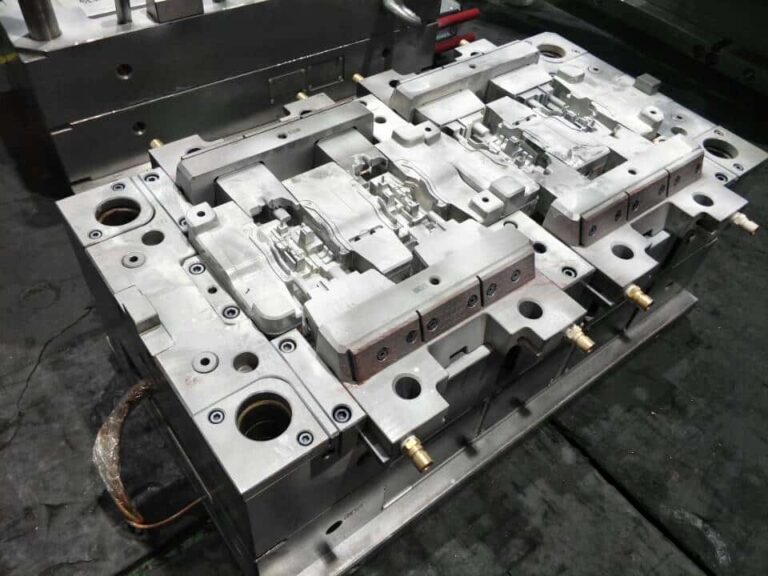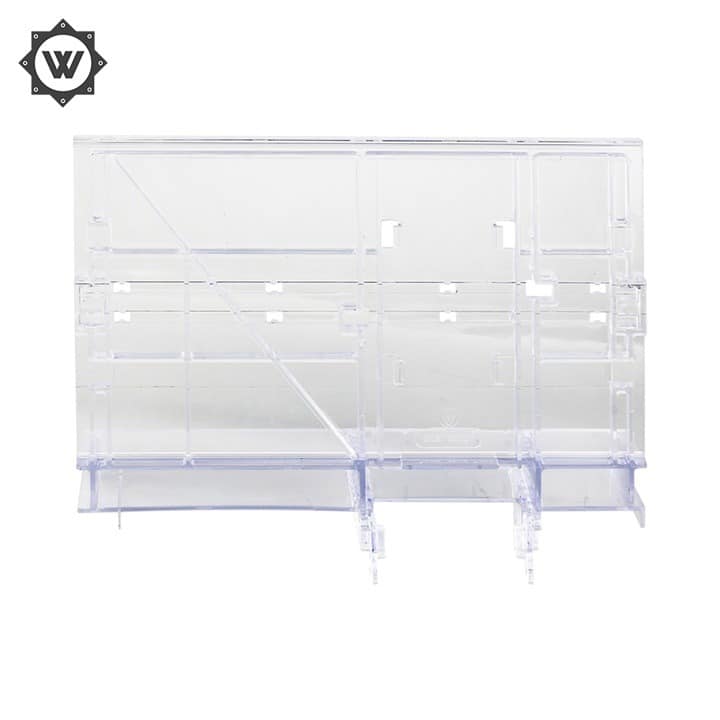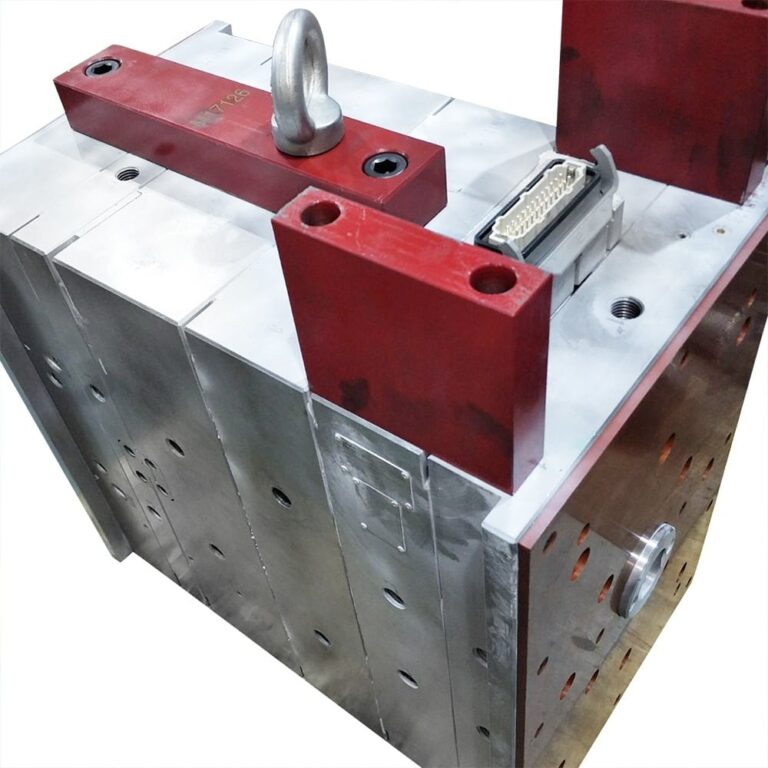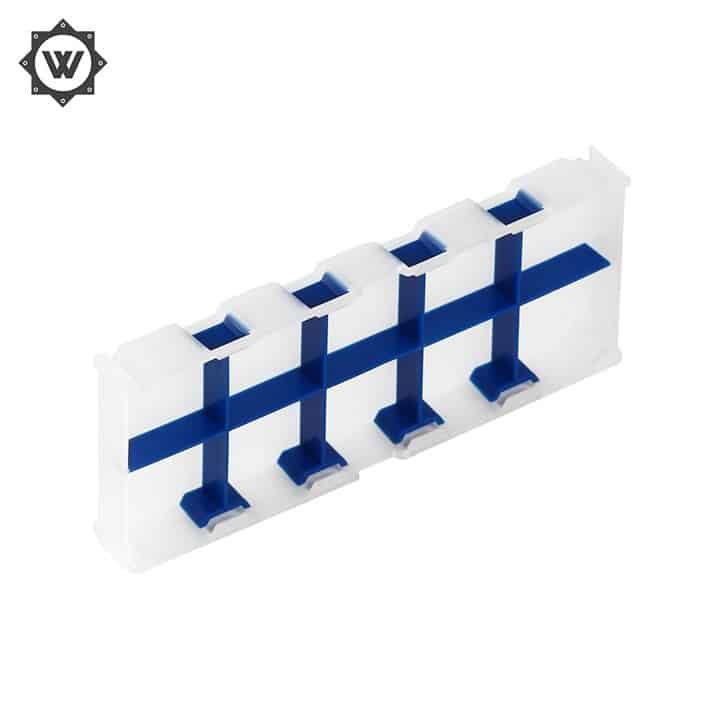The molding process of TPE overmolding
Plastic overmolding, as the name implies, is the soft rubber material overmolding to other hard plastic, commonly used overmolding materials are thermoplastic elastomer (TPE) and silicone type, TPE can be used as a soft rubber outer layer, common with the hard material is mainly plastic, but also metal and woven fabric, TPE and woven fabric shot sticky is mainly used in luggage products, the same as metal overmolding, generally are false overmolding.

The molding process of TPE wrapping is as follows.
Baking material: TPE packaging is generally not used vacuum aluminum film paper bags. Whether to bake the material, it depends on whether the mix TPE is easy to absorb water, to decide whether to bake the sample material. If the TPE has water absorption, should be baked at a temperature of 60 ~ 80 ℃, about 2 hours. Not baked, then the water in the material will affect the bonding effect, or lead to the surface of the cladding pockmarked or water lines.
Treatment of hard plastic parts: Before putting the hard plastic parts into the overmold, the surface should be guaranteed to be clean and free from moisture, garbage and oil. For nylon parts, if they are left in the air for more than two hours after injection, we all recommend preheating and baking for nylon parts (two-color injection molding machine can be ignored). Baking temperature 100~140℃, baking time, 2~4 hours. The significance of baking: remove the moisture in the nylon parts and raise the surface temperature of the nylon parts. Because of the high melting point and strong polarity of nylon, the preheating before overmolding is beneficial to enhance the bonding strength of overmolding.
Set the proper injection pressure, temperature and speed: The injection pressure and speed should be adjusted by the injection master with experience according to the product structure, mold runner structure and material fluidity. For injection temperature, you can consult with TPE supplier to provide reference processing temperature.
Mold temperature setting: generally set at 30~50℃. Special material mold temperature can be increased to 60~70℃.
Cooling out of the mold: after the completion of the package, should be properly cooled, and then open the mold to take out, the rubber parts are not cooled to force open the mold to take out, may lead to soft rubber wrapping position of strong pull deformation. For the TPE with slow cooling and deformation, the cooling time should be extended properly to improve the bonding performance of the overmold.
The above is the TPE overmolding process, we share it here first, the TPE overmolding (secondary injection) molding, the key point is to make the TPE and the wrapped substrate PP, ABS, PC, PA, etc. can be good overmolding bonding. In order to make TPE and the covered substrate bond well, according to the principle of chemical compatibility, the key is that TPE and the covered substrate should have similar polarity, so that TPE and the covered substrate can be fused at the molecular chain level.






